Effective Relief for Chronic Foot Pain: Focused Shockwave Therapy for Chronic Plantar Fasciitis
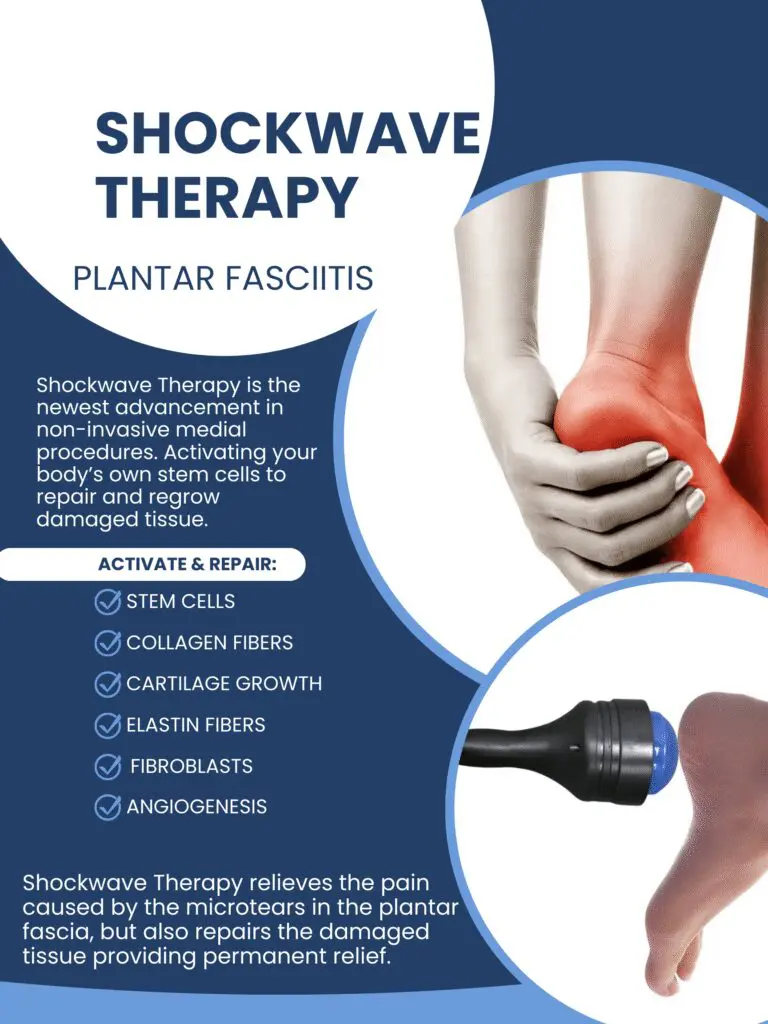
Focused shockwave therapy (FSWT) is a non-invasive treatment that has been gaining attention for its effectiveness in treating chronic plantar fasciitis, a common and often persistent kind of foot pain. This post delves into the principles behind FSWT, how it works for plantar fasciitis, its benefits, potential risks, and what patients can expect during the treatment process.
Understanding Chronic Plantar Fasciitis
Chronic Plantar Fasciitis is a prevalent foot condition, causing discomfort and hindering daily activities. This comprehensive guide delves into its symptoms, diagnosis, and the role of advanced imaging in identifying its severity and guiding effective treatment strategies.
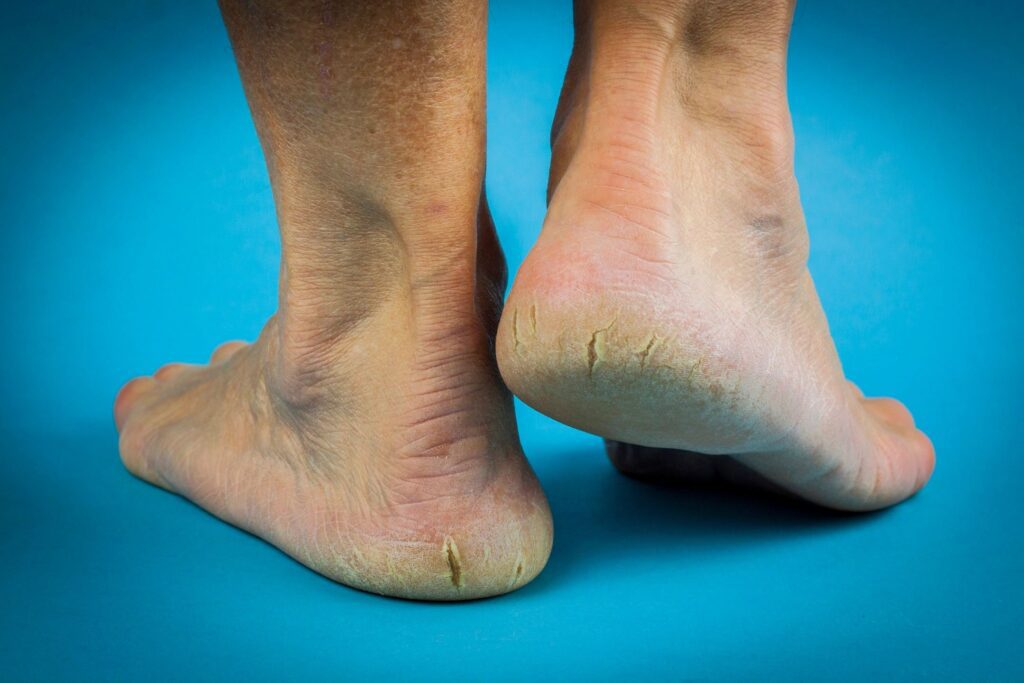
Symptoms of Chronic Plantar Fasciitis
- Sharp, Persistent Heel Pain: The hallmark symptom, often worse in the morning with the first step or after periods of rest.
- Stiffness and Tenderness: In the arch and heel, making walking and standing uncomfortable.
- Pain that Worsens Over Time: Initially mild, it can become more severe without proper treatment.
Diagnosing Chronic Plantar Fasciitis
- Clinical Examination: Involves assessing foot structure, gait, and the location of pain.
- Medical History Analysis: Understanding the duration, nature of the pain, and any relevant physical activities.
- Rule Out Other Conditions: Conditions like heel spurs or Achilles tendinitis must be differentiated from plantar fasciitis.

The Role of Advanced Imaging
While diagnosis primarily relies on physical examination and history, advanced imaging plays a role, especially in chronic cases or when standard treatments fail.
- Ultrasound Imaging:
- Thickness Measurement: Chronic plantar fasciitis often shows increased thickness of the plantar fascia.
- Tissue Characterization: Identifies areas of inflammation or degeneration.
- Magnetic Resonance Imaging (MRI):
- High-Resolution Images: Reveals the detailed anatomy of the foot, showing changes in the plantar fascia, muscles, and bones.
- Identification of Chronic Changes: Detects chronic changes like fascial thickening, fibrosis, and tears.
- X-rays:
- Bone Spurs Detection: While not a direct indication of plantar fasciitis, bone spurs can be a related finding but often are not directly related to the plantar fasciitis pain.
- Rule Out Bone Pathologies: Helps exclude other sources of heel pain, such as fractures.
Common Advanced Imaging Findings in Chronic Plantar Fasciitis
- Fascial Thickening: Over 4mm thickness is typically indicative of chronic plantar fasciitis.
- Increased Signal Intensity on MRI: This signifies inflammation and edema within the fascia.
- Fibrosis and Scar Tissue Formation: Seen in prolonged cases, contributing to persistent pain.
Chronic Plantar Fasciitis is not just a temporary discomfort but a condition that requires a comprehensive approach for diagnosis and treatment. Advanced imaging techniques like ultrasound, MRI, and X-rays offer insights into the severity and nature of the condition, although in many cases advanced imaging is not needed to begin treatment. Understanding the symptoms and the possible diagnostic process is crucial for anyone seeking relief from this persistent foot ailment.
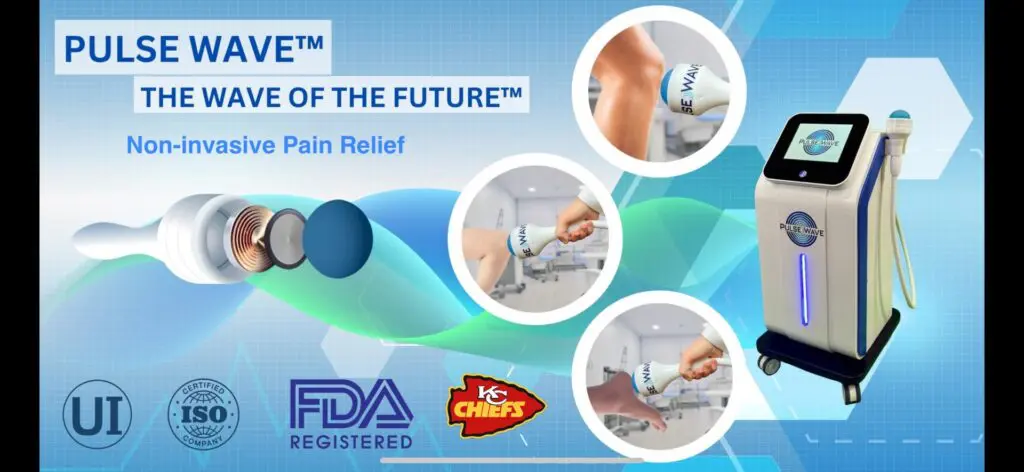
What is Focused Shockwave Therapy?
FSWT is a form of extracorporeal (outside of the body) shockwave therapy (ESWT). It uses high-energy acoustic waves concentrated on a small area. These waves travel through the skin and are focused on the affected area, providing a targeted approach that stimulates the body’s natural healing processes.
How Effective is it?

Research shows it is 95% Effective
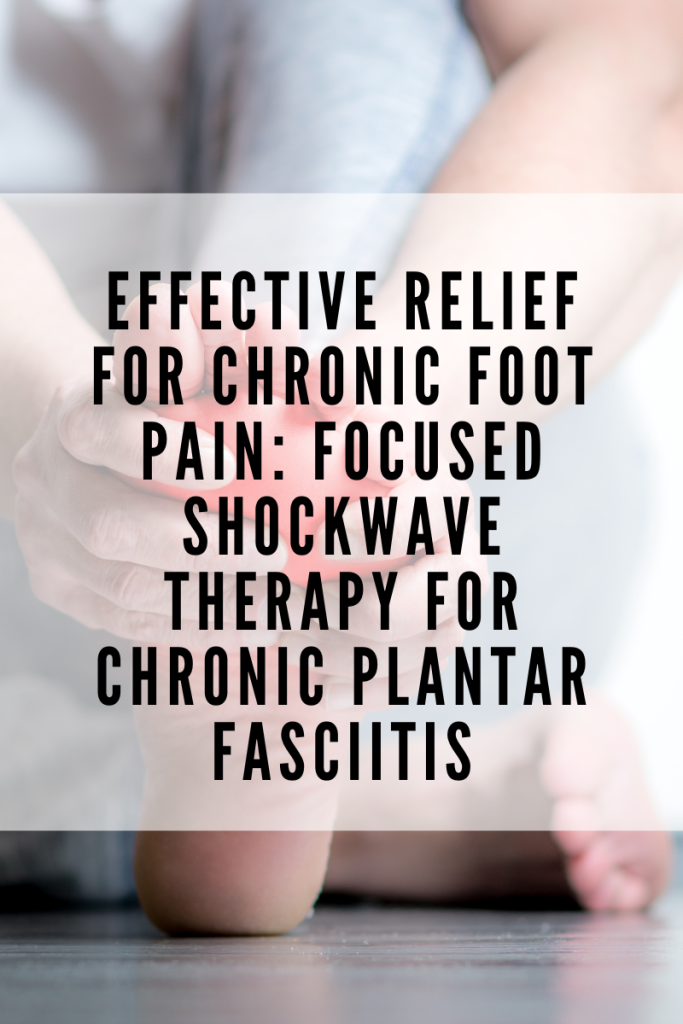
Mechanism of Action
- Pain Reduction: FSWT helps reduce pain by breaking down scar tissue and causing degeneration of painful nerves, thus reducing sensitivity.
- Increased Blood Flow: The therapy promotes neovascularization, increasing blood flow to the area and enhancing tissue repair and regeneration.
- Stimulating Healing: The shockwaves stimulate the release of growth factors and the migration of stem cells, promoting tissue healing and regeneration.
The Procedure
- Initial Assessment: A thorough evaluation is crucial to determine if FSWT is appropriate.
- Treatment Sessions: Typically, 3-5 sessions are needed, each lasting about 5-10 minutes.
- Non-Invasive: FSWT is performed externally, and no anesthesia is required.
Benefits of FSWT for Plantar Fasciitis
- Non-Invasive: Unlike surgery, FSWT does not require incisions, anesthesia, or a prolonged recovery period.
- Safe and Effective: Studies have shown FSWT to be an effective treatment for plantar fasciitis, with a significant reduction in pain and improvement in function.
- Quick Procedure: Each session is short, and there is no downtime, allowing patients to return to daily activities immediately.
Potential Risks and Side Effects
- Mild Discomfort: Some patients may experience mild pain or discomfort during the procedure.
- Bruising and Swelling: Temporary bruising or swelling might occur at the treatment site.
- Risks are Minimal: The risk of serious side effects is minimal compared to surgical options.
What Patients Can Expect
- Gradual Improvement: Improvement in symptoms is usually gradual and may take several weeks although many patients report feeling much better even after their first treatment.
- Post-Treatment Care: Patients are advised to avoid strenuous activities for a short period after treatment and NSAID’s (Ibuprofen/Alleve) for 72 hours.
- Long-Term Relief: Most patients experience long-term relief from plantar fasciitis symptoms.
FSWT offers a promising, non-invasive, and effective treatment option for those suffering from plantar fasciitis. By understanding its mechanism, benefits, and what to expect, patients can make informed decisions about their foot health and explore this innovative treatment option.
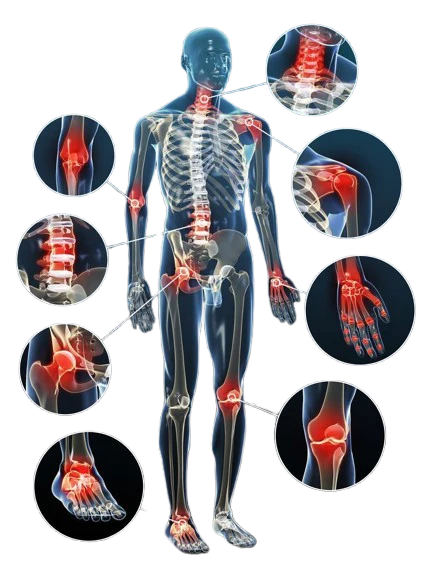
We are here to help! Pulse Wave™ Focused Shockwave offers a non-invasive solution for treating plantar fasciitis. Call our office today to schedule an initial examination and treatment, relief is possible!
(541) 318-8627
